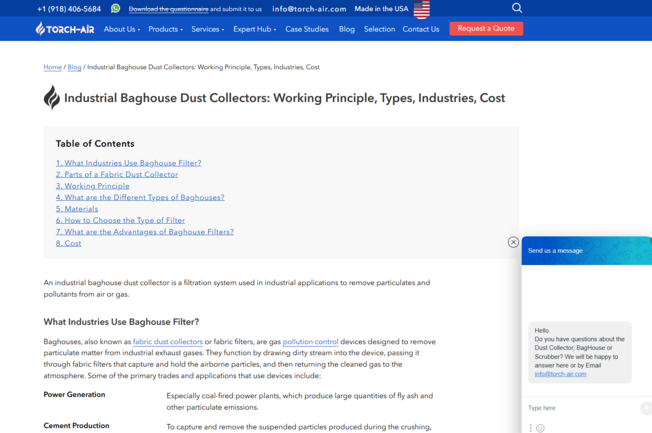
Over the past year, a new trend has emerged in the art world: NFTs, or non-fungible tokens. These digital assets are unique and cannot be replicated, making them ideal for verifying ownership of digital art and other creative works. But what exactly are NFTs, and what is their impact on art and culture? Let us walk you through the rise of NFTs and what it means for artists, collectors, and society as a whole.
What are NFTs?
Non-fungible tokens, or NFTs, are unique digital assets that are stored on a blockchain, which is a decentralized, digital ledger that records transactions. Unlike cryptocurrencies such as Bitcoin or Ethereum, which are fungible and can be exchanged for other units of the same asset, NFTs are unique and cannot be exchanged for other tokens. Each NFT has a specific digital signature that confirms its ownership and authenticity. NFTs can take many forms, including digital artwork, music, videos, tweets, and even virtual real estate.
The Impact On Artists:
NFTs offer artists a new way to monetize their work, as they can sell their creations directly to buyers without the need for intermediaries such as galleries or auction houses. This can be especially beneficial for emerging artists who may not have established reputations or networks. However, the rise of NFTs has also sparked concerns about the commodification of art and the potential for artists to be exploited by buyers seeking to profit from their work.
The Impact On Collectors:
For collectors, NFTs offer a way to own unique digital assets that cannot be replicated or duplicated. NFTs can be bought, sold, and traded like traditional assets, and some have fetched millions of dollars at auction. However, investing in NFTs also carries risks, as the market is largely unregulated and values can be highly volatile. Additionally, there is a risk of fraud and scams, as some NFTs have been found to be fake or misleading.
The Cultural Impact:
The rise of NFTs has significant cultural implications, as it challenges traditional notions of ownership, value, and authenticity in the art world. The use of blockchain technology also raises questions about the role of decentralized systems in shaping the future of creative industries. NFTs could potentially democratize the art world by allowing emerging artists to sell their work directly to buyers, bypassing traditional gatekeepers. However, there are concerns that the market for NFTs could exacerbate wealth inequality and further entrench existing power structures.
NFTs are still a relatively new and evolving trend, but their impact on art and culture is already being felt. Whether you're an artist, collector, or simply someone interested in the latest digital trends, understanding the rise of NFTs is crucial to staying informed about the future of creative industries.

















Leave a Reply